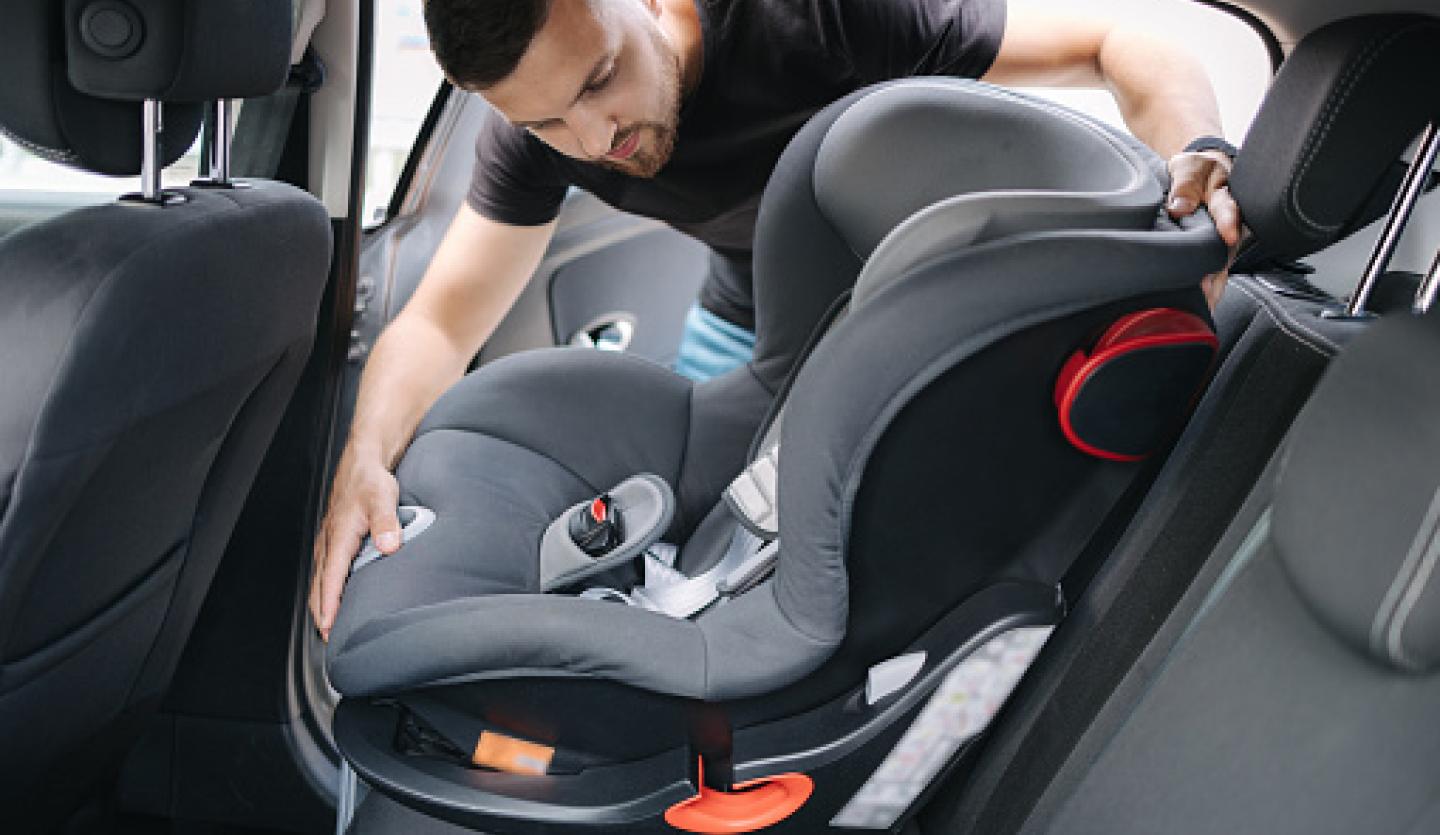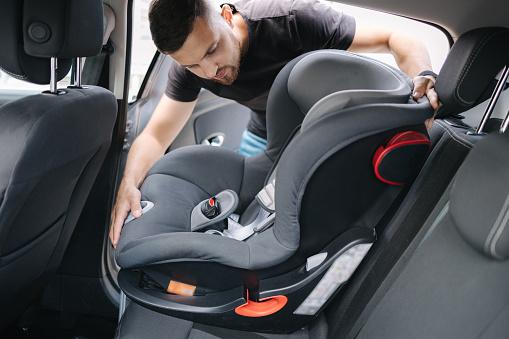Your most important job as a parent is keeping your baby healthy and safe. Yet, 73% of car seats are not used or installed correctly. So before you hit the road, these tips can help you ensure your bundle of joy is safe.
1. Know your car seat’s history. -Buy a used car seat only if you know its entire crash history. That means you must buy it from someone you know. Once a car seat has been in a crash, it must be replaced.
2. Check out the car seat’s label. Look at the label on your car seat to ensure it’s appropriate for your child’s age, weight and height. Also, your car seat has an expiration date, usually around six years. Find and double-check the label to make sure it’s still safe.
3. Choose the right direction. All infants and toddlers should ride in a rear-facing car seat until they are at least two years of age or until they reach the highest weight or height allowed by their car seat’s manufacturer. Rear-facing provides the best protection for your child’s delicate head, neck and spine.
4. Choose the best location. The safest place for your child is in the back seat until they are about 13 years old. The middle seat is the safest location. However, securing a seat in that spot may be more difficult in some vehicles. Never place a rear-facing seat in the front of a car with a passenger-side airbag. If the airbag inflates, it will hit the back of the car seat and can be deadly.
5. Install the car seat securely. Car seats may be installed using the vehicle’s seat belts or the LATCH system. Check your vehicle owner's manual for the location of the LATCH anchor and your car seat manufacturer's instructions for proper installation. Both are equally safe when used correctly. Once your car seat is installed, give it a good shake. A properly installed seat cannot move more than an inch from side to side or front to back.
6. Secure the harness properly around your child. Ensure the harness is tightly buckled and coming from the correct slots (check the car seat manual). With the chest clip placed at armpit level, pinch the strap at your child’s shoulder. If you can pinch any excess webbing, it is too loose. Additionally, ensure the seat is at the correct angle so your infant's head does not flop forward. All rear-facing seats have built-in angle indicators or adjusters
7. Model good safety. Studies show that when adults wear seat belts, kids wear seat belts. So be a good example and buckle up for every ride. Be sure everyone in the vehicle buckles up, too. Correctly used child safety seats can reduce the risk of death by as much as 71%. Find the location of a car seat inspection station in your area.
From the American Academy of Pediatrics:
Call 866-MY-LI-DOC (866-695-4362) to find a Catholic Health physician near you.



